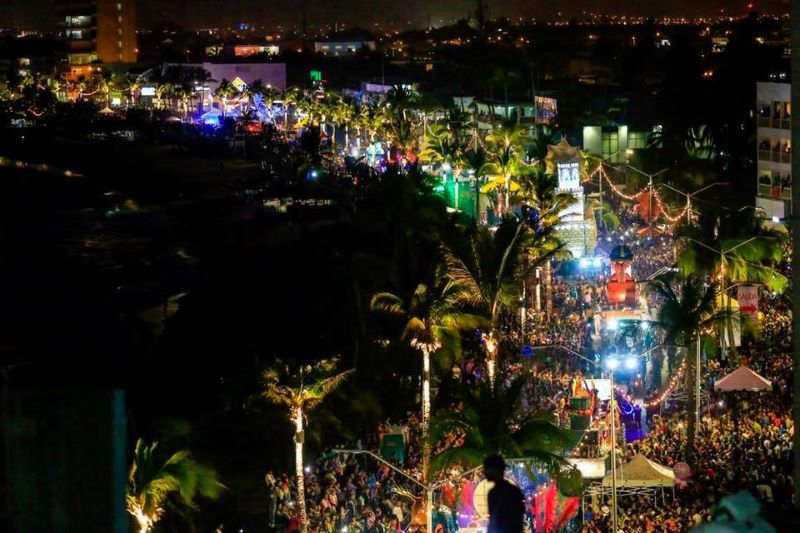Mazatlán Carnival 2024, the Ultimate Fiesta Showdown
Mazatlán's 2024 Carnival is a whirlwind of glitter and grandeur. From dazzling parades to literary feasts, it's a three-month fiesta. Ten queens, four kings, and a sea of confetti await. Get ready to samba in the streets! 🎭🎉

Hold onto your sombreros, Mazatlán! The city is about to explode in a riot of color, music, and pure unadulterated fun as the Mazatlán International Carnival 2024 kicks off on Saturday, December 9. We've got the inside scoop on all the dazzling events that will keep you shaking your maracas for the next three months. ¡Vamos!
👑 December: The Queen's Grand Entrance 👑
On December 9, the Carnival takes to the streets, beginning its dance at 4:30 pm on Francisco Solis Avenue. It's not just a parade; it's a rhythmic spectacle of glitter and glamour, promising to be more fabulous than your abuela's secret salsa recipe. The first count at Francisco Villa square at 6:00 pm will leave you breathless, eagerly awaiting what the rest of the carnival has in store.




